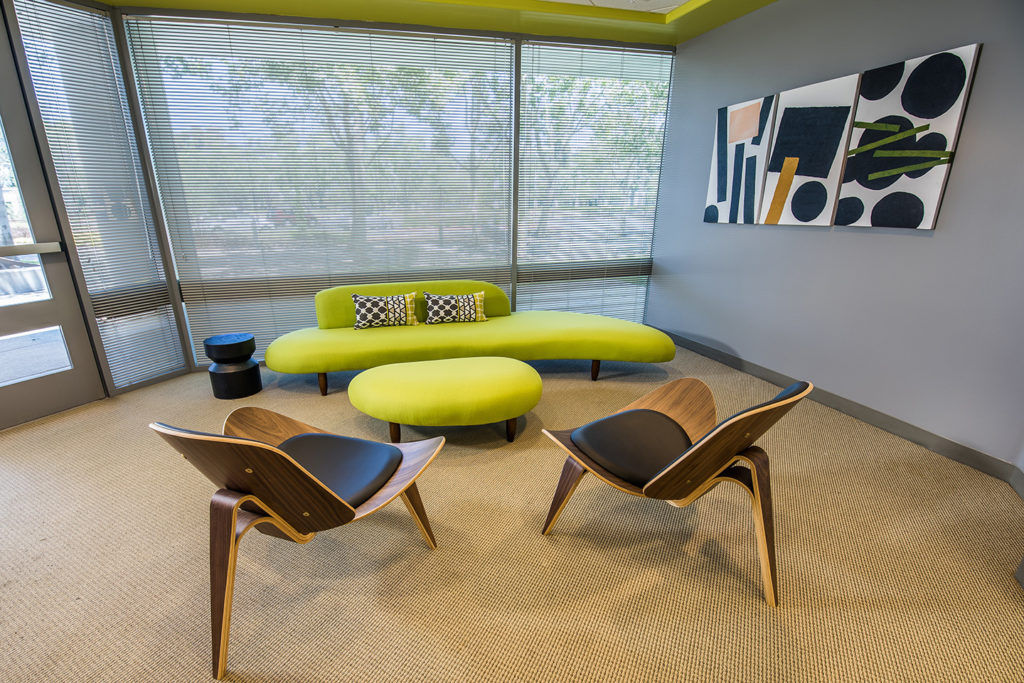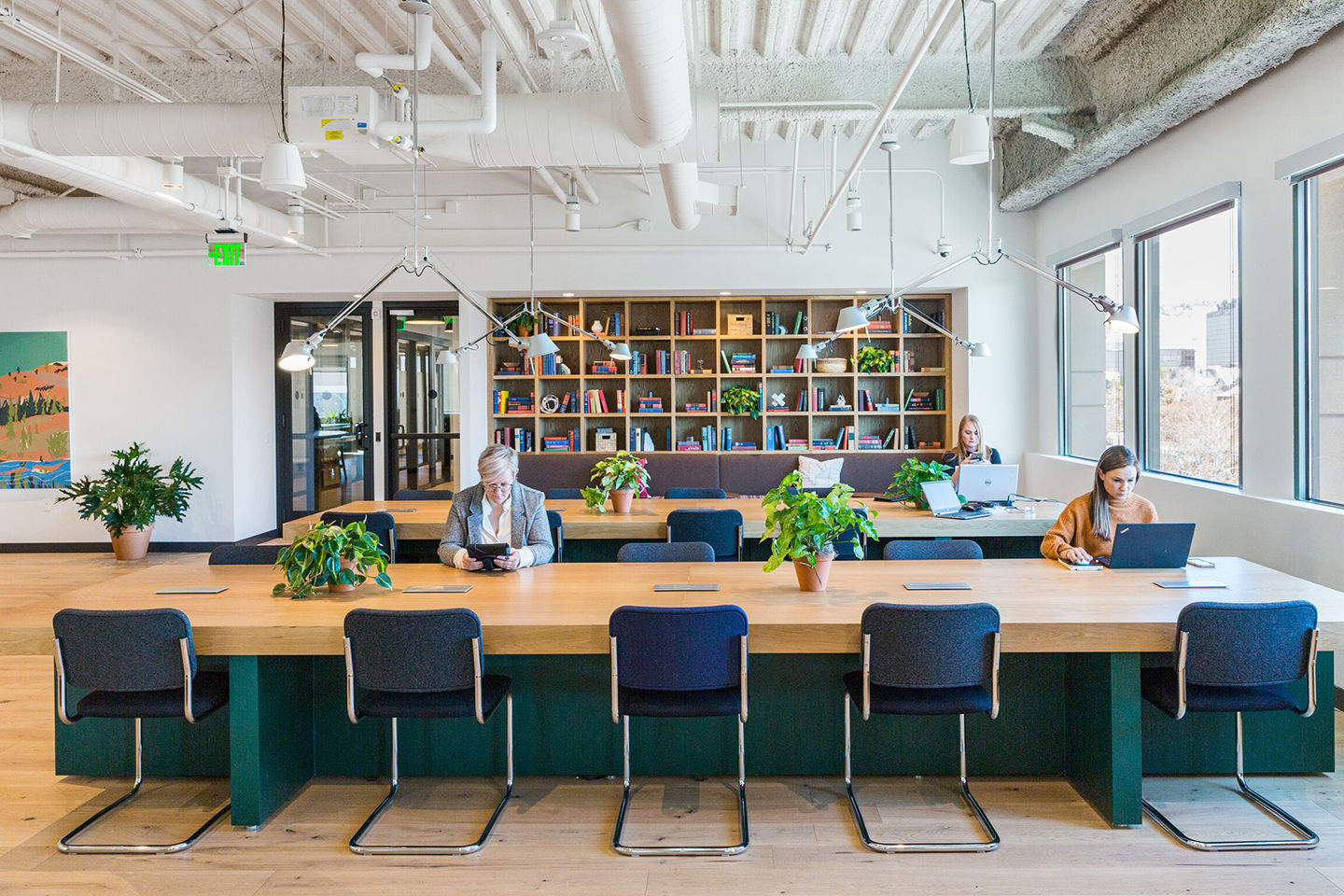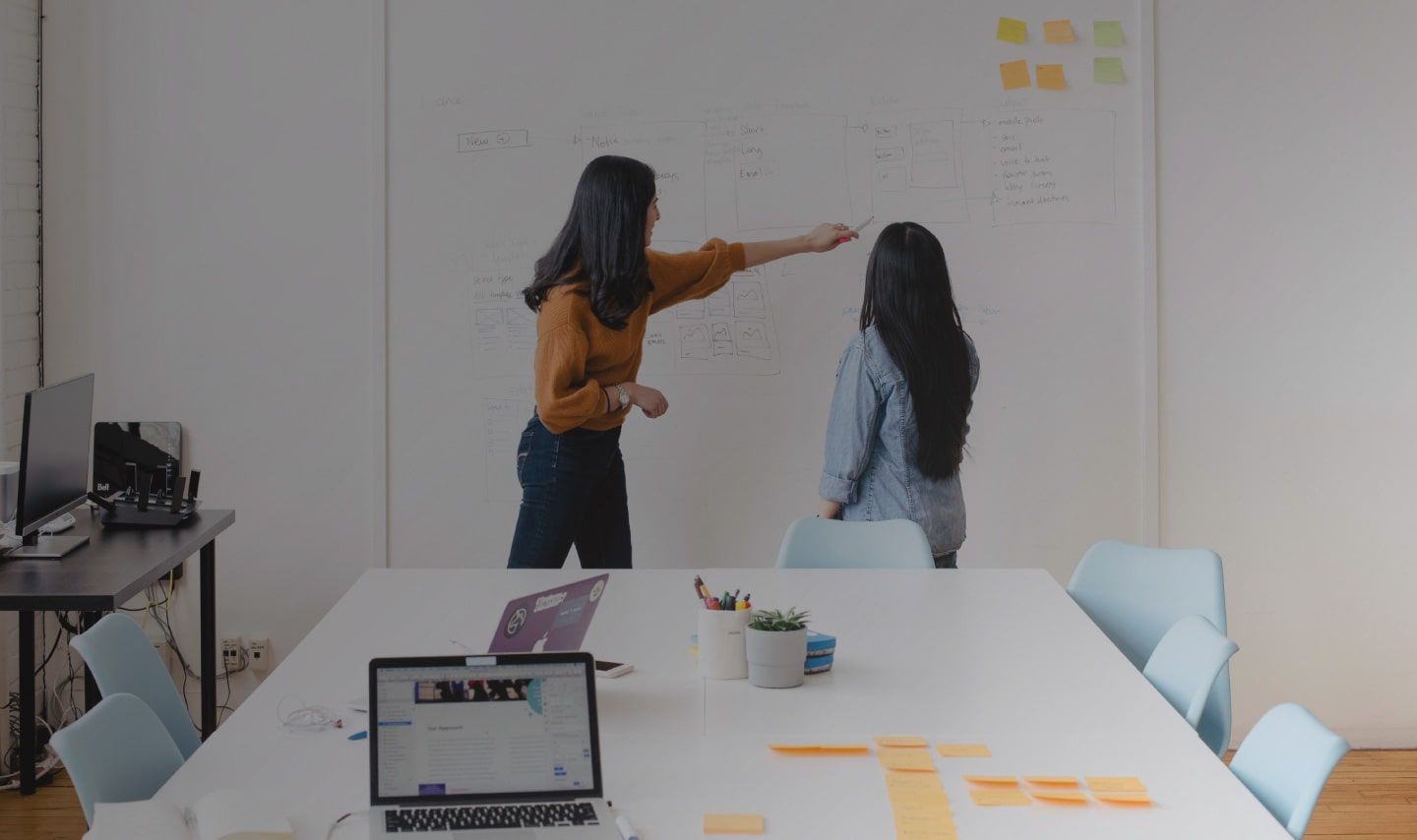Advanced office design can give rise to works of art. Lost are the days past boring, eggshell-dyed walls and three-dimensional mazes packed close under the drone of twinkling fluorescent lights. Rather, open, sunny spaces with sprays of color fostering creativity and furtherance morale are the standard in modern offices. Newfangled workspaces are probably to be designed around an idea known as domesticating working. The mainstreaming workplace model flips the traditional office pattern by making the public workstations the quiet space and the confined areas become the places for conversation as well as secrecy. Modern business centre plan is a workplace design movement recognizing the needs and longings of today’s workforce. Currently, workers aren’t exactly tear-jerking at the idea of outlay 8–10 hours a day in a soul-sucking cell. Instead, they desire spaces that feel homey and soul. They want to dump the 9-5 jail look and work in areas that feel better attractive.
The pandemic has modified the way that both employees and companies’ method their office layouts. While various offices had interim measures in place to make certain health and safety, there are also major long-term changes that will go as far as fears over the pandemic vanish. The last year has made more people knowledgeable about how essential health and safety steps are to safeguard our wellbeing. A year of mask wearing, frequent hand washing, and social distancing changed the ways that we view office safety and sanitation. Office layouts can encourage healthy conduct and make workers feel more agreeable coming back from isolated work. They can also help push a collaborative condition while still holding safety measures for their employees.
Some Modern Office Design Trends:
Hands-Free or “Touchless” Technology-Inspired Office Design:
Workplace design and technology go hand in hand. Office sketches need to lodge a company’s framework. Think: beacon technology and mobile systems for demonstrations or telephone conferencing in shared work atmospheres. A big office design craze in 2021 will be the execution of freehand technology to restrict surface touching, and thus the spread of a virus in the workroom. Hands-free technology comprises touchless logging solutions for guests, who simply scan a QR code at reception desk kiosks or entry control points like gates, turnstiles, or lifts in a building.
Collaboration:
The thought of dynamic pliability collaborative office design emphasis on the best presumably use of worth real estate. Collaborative office design enables for complete commutations of environments from performance area to podcast studio, to conference room, to a quiet, quasi-private space with negligible effort and time.
Read also: “Choosing a New Office Space? We’re here to Guide you!”
Strict Sanitization Procedures:
Consciousness of how germs or viruses may be circulated, and the importance of cleansing has increased now even more. Business Centres are essential for many companies to all in one yet are also very open spaces. Below, we’ve dragged together information on how to aid protect your individual workspace or office. Sanitizing and keeping a purged work environment is geared to keeping your health and safety. Regularly sanitizing the spaces you work in may supply preventative measures to spying illnesses, exacerbate allergy symptoms and more.
Smart Materials Focused Office Design to Boost Air Quality and Circulation:
Good design means a strong concept, aptness to the historical and present context, a equalize between design and need, care to and creation of striking details, unlined structural design, perfect execution of the project, and considerate materiality. The materials elected affect the epitome of built environment in terms of their optical impression and historical value, along with their structural weight and constructional behavior. The careful selection of materials for a design could create a healthy and congenial environment. If we peep into the benefits that the smart materials bestow to society, we see its self-testing ability to resist extreme climate conditions and heal itself. Its life cycle contains costs and helps in efficient induction and construction methods. Its benefit is no bar to physical and automatic features only but expands further into the sphere of aesthetics.

Activity-Based Planning:
Activity-based working is a working style that allows employees to pick from a variety of settings in accordance with the nature of what they are doing, blended with a workplace experience that entitles them to use those spaces during the day. This line of thought addresses reevaluate buildings based on what men make. When employees come in all day long, the first thing they do is look at email and voicemail. After they have reached, they might have a conference. If it’s not intimate, they can have it in the open meeting space. If it is confidential, they able to use private area. Even though workers have little room, they have more activities to decide between. There is now space for a coffee room, a library, an information center, maybe a cafe, as well as all the little inner rooms.
Rec Rooms and Lounge Spaces:
In the modern workplace, office couches have evolved to become a place where everybody comes together to combine and share ideas. Whenever you need an office full of brilliant minds, the office couches can be a focal point of creativity, but you ought to set the stage to avert it. Lounge spaces might sound ineffectual — work is for working, true? But creating that homelike feel is one of the cornerstones of modern office structure — and workers are excavating it. As far as dens go, what better way to build morale and unleash some tension than unwinding with a game of football? Plus, areas like these are sure to geez clients and attract possible recruits.
Hot Desking:
Hot-desking is an administrative office system in which desks are utilized by several people at various times, on a makeshift basis. Normally, the objective is to inflate space efficiency and reduce property danger by lowering extra office space. Hot desking is the workroom scheme where all or a portion workers share desks in place of possessing a permanent one, build up an activity-based work atmosphere. Instead of allocating each employee their own desk, you can set up a method where desks can be communal throughout the day as needed by flexible workers. In a hot-desking office, people anymore have designated workspaces. Rather, they sit at a different desk daily. This can release space and cut costs. It can also halt cliques from making, and may encourage imagination, collaboration, and business networking.

